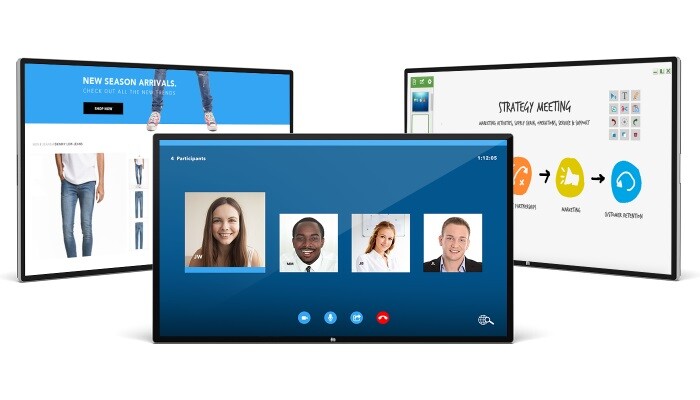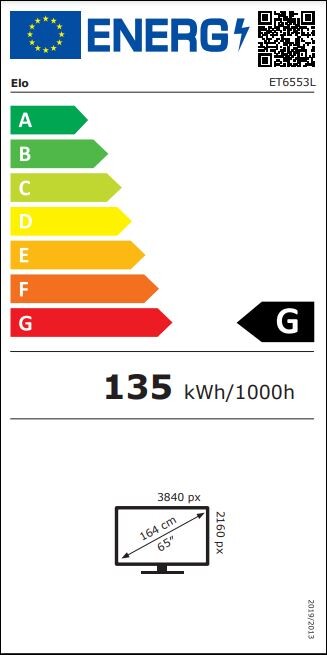ELO Touch displays
ELO Touch has been a successful manufacturer of touch displays and touch monitors for many years. The selection of ELO touch displays is diverse, from 10-70 inch diagonal you will find a huge range of touch displays. Besides interactive work, the focus is mainly on everyday touch applications. These include cash register systems, information terminals, digital signage, health care and many other areas in which a touch display or touch monitor is used. In addition to the ELO Touch displays, the American manufacturer also offers a range of internal PCs and signage players, which make the use of ELO Touch monitors even easier.
4 Products
Sort by:
























